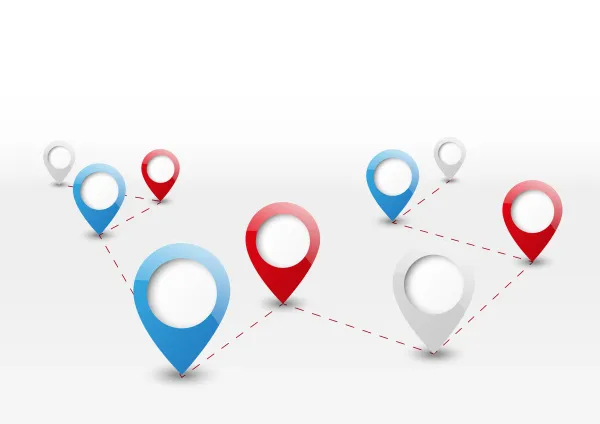Begin Prep Now for these Brand New 2019 ICD-10 Code Additions

Get a head start on these important changes coming down the pipeline. You should always plan ahead to get a head start on the annual influx of new diagnosis codes arriving in October. In the outpatient facility specialty, you’re probably accustomed to the fact that a majority of these new codes will have an impact on your job. This year is no different. “As in years past, 2019 will see a significant number of ICD-10 code changes,” says Amanda Corney, MBA, medical billing operations manager for Medical Resources Management in Rochester, New York. “On October 1st, 2018 coders need to be ready to incorporate both new and revised codes — as well as suspend the use of the deleted codes,” Corney relays. Check out this broad range of new, specialty-specific codes so you can hit the ground running when October comes around. Get Ready for these New Urethral Stricture Codes If your outpatient facility performs urological procedures, you will want to familiarize yourself with these new additions and revisions to the urethral stricture diagnosis codes: As you can see, “other” urethral stricture is now further designated by “unspecified” and “overlapping” descriptors. Additionally, there are now codes to report other and unspecified urethral stricture by gender. You will also find new descriptors such as bulbous and membranous (non-post-traumatic, non-post-infective) to help further classify the type of urethral stricture. Be Specific with Acute Appendicitis Codes Next up is a new set of appendicitis with peritonitis combination codes: Previously, you could only report appendicitis with generalized or localized peritonitis. Now, you have the option of adding a new set of additional, complicating diagnoses. “The new appendicitis codes allow us to distinguish between different degrees of appendicitis, each of which carries a different level of morbidity and risk for mortality,” says Sheri Poe Bernard, CPC, of Poe Bernard Consulting in Salt Lake City, Utah. “These new codes specify presence of gangrene and/or perforation, local or generalized peritonitis, or presence of abscess,” Bernard relays. Focus on Gastroenterological Code Additions Alongside the new acute appendicitis with peritonitis codes come six important gastroenterological additions: ICD-10 has incorporated new codes for anorectal supralevator and horseshoe abscesses. You’ll also be introduced to a new set of gallbladder disorder codes. You will use the K82.A code set to report gangrene or perforation of the gallbladder in a patient with a cholecystitis diagnosis. Lastly, you’ll want to incorporate K83.01 for reporting primary sclerosing cholangitis. Add Specificity to your Postprocedural Infection Codes Last, but not least, is a long overdue set of codes to properly report postprocedural infections and sepsis: Introduce yourself to these six new postoperative complication codes to report in place of the current postprocedural infection diagnosis code, T81.4 (Infection following a procedure). The codes focus on the anatomic site of the infection, from superficial incisions to infections involving organs and their surrounding space. Additionally, you’ll now be able to report sepsis following a procedure using code T81.44.




